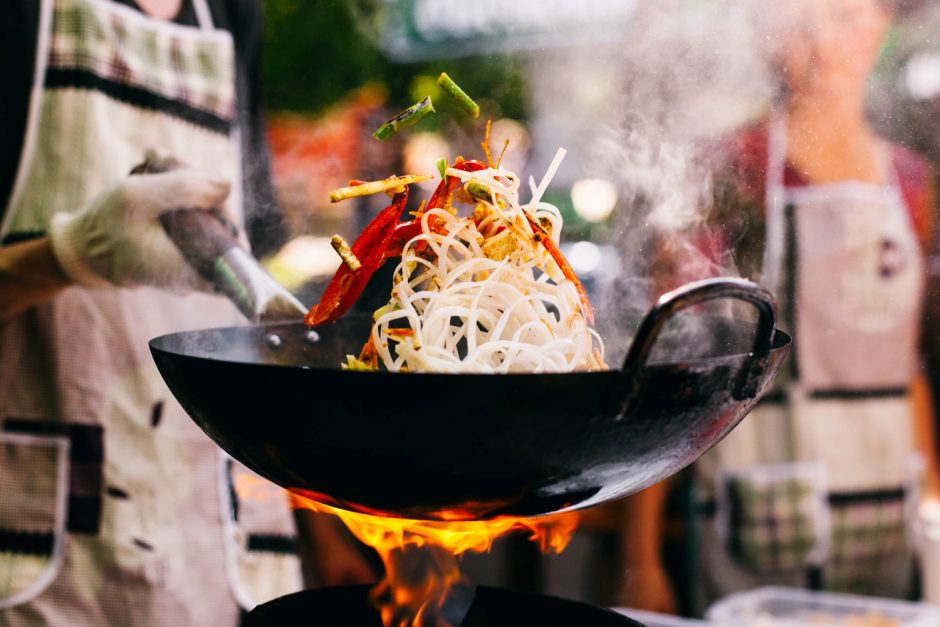Perk Up with 6 Tasteful Malaysian Drinks
Lighten your mood and rejuvenate your senses with 6 must-try Malaysian drinks!
Discover the authentic in Asian cuisine food

There are few dishes that take less time to cook but have as much flavour as a stir-fry. The smoking hot wok gives the fresh ingredients a lovely charred, almost smokey flavour and there’s such a huge variety of sauces, sides and bases to use that there’s no reason to make the same one twice.
If you’ve never cooked stir fry before or you’re not getting the results you’d like, then there’s a chance you’re making some rookie errors. So to help you produce hawker stall level food in your own kitchen, we’ve put together a quick guide to perfect stir-fry.
Make sure you’ve measured all your sauces, chopped all your ingredients and have everything within easy reach of your smoking hot wok. Things happen very quickly once the heat gets switched on and you don’t want to waste any time with last-minute chopping and washing.
The goal is to expose as much surface area as possible for your leafy veggies and your meat. Aromatics like garlic and ginger are usually finely chopped, and meat is always sliced against the grain to increase tenderness. The more surface area the more contact with heat the more flavour and even cooking!
If you have a wok, always use it. If you don’t, well get one! A wok has a large surface area and retains heat very well making it ideal for stir-fries. As you add more ingredients, you want the wok to remain very hot, so try not to overload it.
The cooktop should be very hot but under control — you don’t want your wok smoking. Heat your wok before adding the oil, as this step will help prevent sticking. Once the oil is added, roll it around the pan to coat it well. Use an oil with a high heat point – like peanut oil.
There is one exception to cooking at high heat, and that’s when you’re using finely chopped aromatics like ginger, garlic, lemongrass or chilli. They should be cooked first, at a lower heat. If added to a wok or pan on high heat, they will burn quickly and develop a bitter flavour. Traditionally, the aromatics were used simply to flavour the oil, so make sure to remove them before turning the heat up. And feel free to add them to the dish at the end!
Cook the meat first in batches so it doesn’t stew. Make sure to undercook it slightly as it will continue to cook out of the pan and once you add it back at the end. Solid vegetables like the stems of choi sum, baby corn, carrots and capsicums will take longer to cook than snow peas, leaves and mushrooms.
I mean – it’s in the name and everything! Your ingredients will cook fast, so to make sure everything cooks evenly to keep your ingredients moving.
If your sauce at the end is consistently watery and not properly coating everything, it might be because you’re not adding a little mixture of cornstarch and water right at the end. If you’ve made a particularly saucy stir-fry, feel free to mix some cornstarch through by itself.
Serve stir-fries a wack of herbs, sprouts or fresh citrus wedges. The crisp freshness of the herbs and the zing of the citrus can cut through the smoky flavours of the stir-fry and really lift the dish.
Got a favourite stir-fry? Let us know!

Lighten your mood and rejuvenate your senses with 6 must-try Malaysian drinks!

Pair your hearty barbecues with these refreshing Asian delights!

What are the properties of ginger, and how to pick, store and use ginger in your cooking? Find out here!